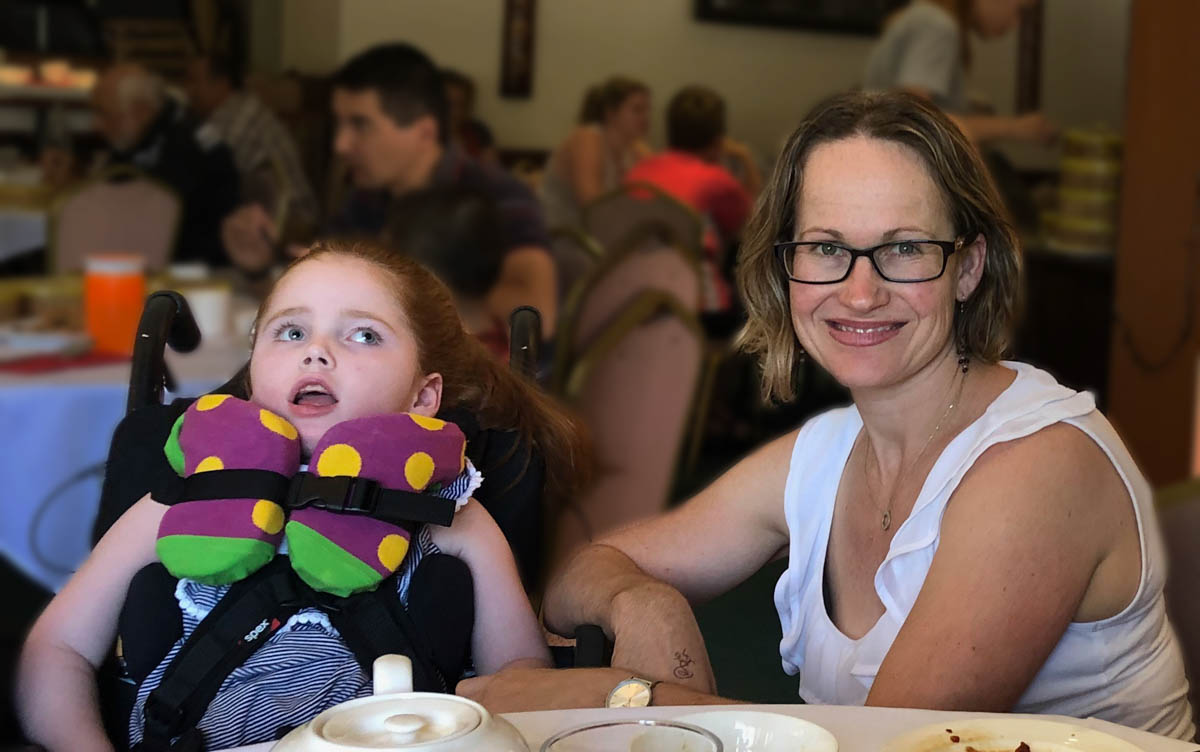 Research led by the Telethon Kids Institute analysed linked administrative, health and disability data from Western Australia and New South Wales and found children with intellectual disability who underwent gastrostomy experienced fewer all-cause hospitalisations, including fewer hospitalisations for epilepsy, than before undergoing gastrostomy. The rate of hospitalisations for acute respiratory illnesses was not impacted.
Research led by the Telethon Kids Institute analysed linked administrative, health and disability data from Western Australia and New South Wales and found children with intellectual disability who underwent gastrostomy experienced fewer all-cause hospitalisations, including fewer hospitalisations for epilepsy, than before undergoing gastrostomy. The rate of hospitalisations for acute respiratory illnesses was not impacted.

Gastrostomy insertion began in the early 1980s and has become more common since 2000, particularly for children with severe intellectual disability who often experience difficulties taking in adequate nutrition, fluids and medications. Parents spend long periods feeding their child, which can cause considerable strain. Gastrostomy can address this problem.
Yet, while a common procedure, the evidence of its health outcomes is sparse.
The progress of hundreds of children from WA and NSW born with intellectual disability between 1983 and 2010 and, who later underwent gastrostomy, adjusting for time because hospitalisations generally reduce as children grow older, was tracked.
These children experienced about 30% decrease in hospitalisations for all causes by five years post-procedure. This was more so for children who were under age three at gastrostomy insertion, possibly due to improved nourishment and intake of fluids allowing for improved growth.
Epilepsy-related admissions also declined by approximately 50% by five years post-procedure. More consistent delivery of anti-epilepsy medications may be one of the reasons for this.
There was no improvement for hospitalisations for acute respiratory illnesses. This is possibly because even if you remove the oral ingestion of food and liquid, children with severe disability may still struggle with swallowing their own saliva or experience reflux, which can lead to respiratory issues.
Gastrostomy has the potential to improve overall health and quality of life for children and families. However, there can be complications, and some families prefer to avoid more medicalisation and keep the pleasure of eating for their child as long as possible. It’s not a black and white decision and very careful and detailed discussions between clinicians and families is needed.
However, for those who do choose gastrostomy, we’ve seen benefits for children and their families. As well as better health, nutrition and easier to deliver medications, there is opportunity for greater independence when child is able to feed away from home and feeding times are less frustrating for both the child and caregiver. Each of these factors can support general health, mental health and quality of life.
Key messages
- Carefully assess the child’s history of hospitalisation, swallowing function and gastro-oesophageal reflux.
- Discuss clinical indications, potential for complications, and implications for quality of life.
- Post gastrostomy, monitor feeding regimens and any continued gastro-oesophageal reflux to reduce the risk of respiratory illnesses from continued aspiration.
The author acknowledges the input of Professor Lakshmi Nagarajan and Dr Andrew Wilson from Perth Children’s Hospital.
References available on request.
Questions? Contact the editor.
Author competing interests: The author was involved in this research
Disclaimer: Please note, this website is not a substitute for independent professional advice. Nothing contained in this website is intended to be used as medical advice and it is not intended to be used to diagnose, treat, cure or prevent any disease, nor should it be used for therapeutic purposes or as a substitute for your own health professional’s advice. Opinions expressed at this website do not necessarily reflect those of Medical Forum magazine. Medical Forum makes no warranties about any of the content of this website, nor any representations or undertakings about any content of any other website referred to, or accessible, through this website.

